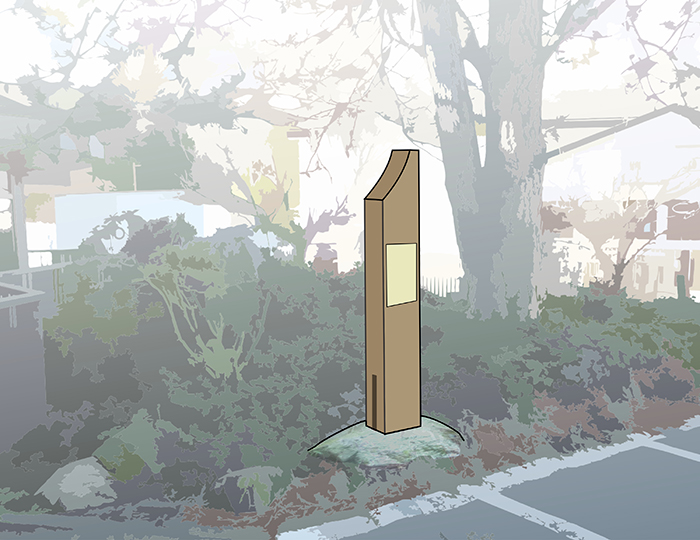By PHIL VERNON, CHRIS MARSHALL AND MAGGIE ZIEGLER
Special to the DRIFTWOOD
In January 2018, the Salt Spring Public Library hosted an event for local Indigenous Elders to speak and share their concerns.
The gathering was part of programming to commemorate the successful campaign of the Salt Spring community and six First Nations to protect the ancient Coast Salish cemetery on Grace Islet, where the property owner was building a house over burial cairns. During the event, the Elders were asked how Salt Spring Islanders could be better allies with the Indigenous peoples of our area.
One of the speakers was WECKINEM Eric Pelkey, a hereditary chief from Tsawout First Nation. He spoke of the importance of involving Elders.
“I think the biggest help you can give is by bringing our Elders onto the scene and letting them educate you. It was my father who really was the main educator for me, in passing on what he knew from his Elders, in particular from his grandfather Chief Louie Pelkey.
“You need the input of Elders. They know things that we don’t know. I remember there was a development proposed near our Fulford Harbour reserve. So I got together with our Elders, and they told me there’s a bunch of the remains of our ancestors in there, in what they call cairns. I said, ‘We better go out there and have a look.’ And you know to my unpractised eye I couldn’t see anything. But my Elder walked right up and said, ‘There’s one right there, and look, there’s another one right over there. And there’s another one right over there.’
“We’ve come to Salt Spring for reburials many times when the remains of our ancestors were uncovered. And I’d tell my dad about it and he’d say, ‘Son, you’re going to find those forever. Everywhere there’s a shoreline you’re going to find the remains of our people and the evidence of our living there.’
“So what we need is for people who live here to let us know when you find those remains, when they’re uncovered, or even when they’re trying to be hidden. Because you know, for years and years it went on that as soon as somebody found the remains of our people they were told to shut up, hide it, tuck it away somewhere or destroy it.
“We need to have eyes and ears out there, and we need support. Because there is so much destruction going on, and so much of our history is being hidden that we need allies to help us. HÍSWKE SIÁM (Thank you).”
The late Laura Sylvester, Elder and traditional grave worker from Penelakut Tribe was also at the gathering, and spoke of the importance of listening to Elders, and honouring the ancestors.
“You know,” she said, “when Grace Islet happened, I didn’t know anything about it until I talked to my mother. She was the one that told me about Grace.
“You have to protect all burial sites. It’s so important for Native People, no matter where you’re from, to protect and look after the remains of your ancestors. In my way, I look after mine. No matter how old they are, no matter how long ago they left me, I still look after them, and I do it in an honourable way. I feed my ancestors once a year because where they are they can’t help themselves. So I have to help them, the best way I can. And that’s where my role comes in. Every reserve has got that teaching, every reserve.”
Salt Spring now has a variety of community initiatives working with local First Nations to raise awareness and to support the resurgence of language and cultures and the healing of the land. Among these is the Salt Spring Indigenous Signage Project, funded by the Salt Spring Island Foundation, the CRD, Mouat’s and the Donna Martin Legacy Fund. The group is working with Indigenous leaders and Elders on a series of interpretive panels about their deep history, heritage and continuing presence here.
One aspect of the signage project has been to develop a memorial commemorating the 2011 disturbance of ancient burials during Phase III of the Creek House development in downtown Ganges. At that time, the remains of six individuals were removed and reburied at another location under the care and direction of Indigenous grave workers. After 10 years, a memorial promised by then-architect Jonathan Yardley and then-owner Leon Aptekmann will soon be installed in a quiet area behind the Creek House building. A plaque acknowledging the importance in Coast Salish culture to honour and care for the ancestors will be mounted on a cedar post there. Funding is being provided by Aptekmann, current owner Hardal Management and the SSIF Neighbourhood Small Grants program.

